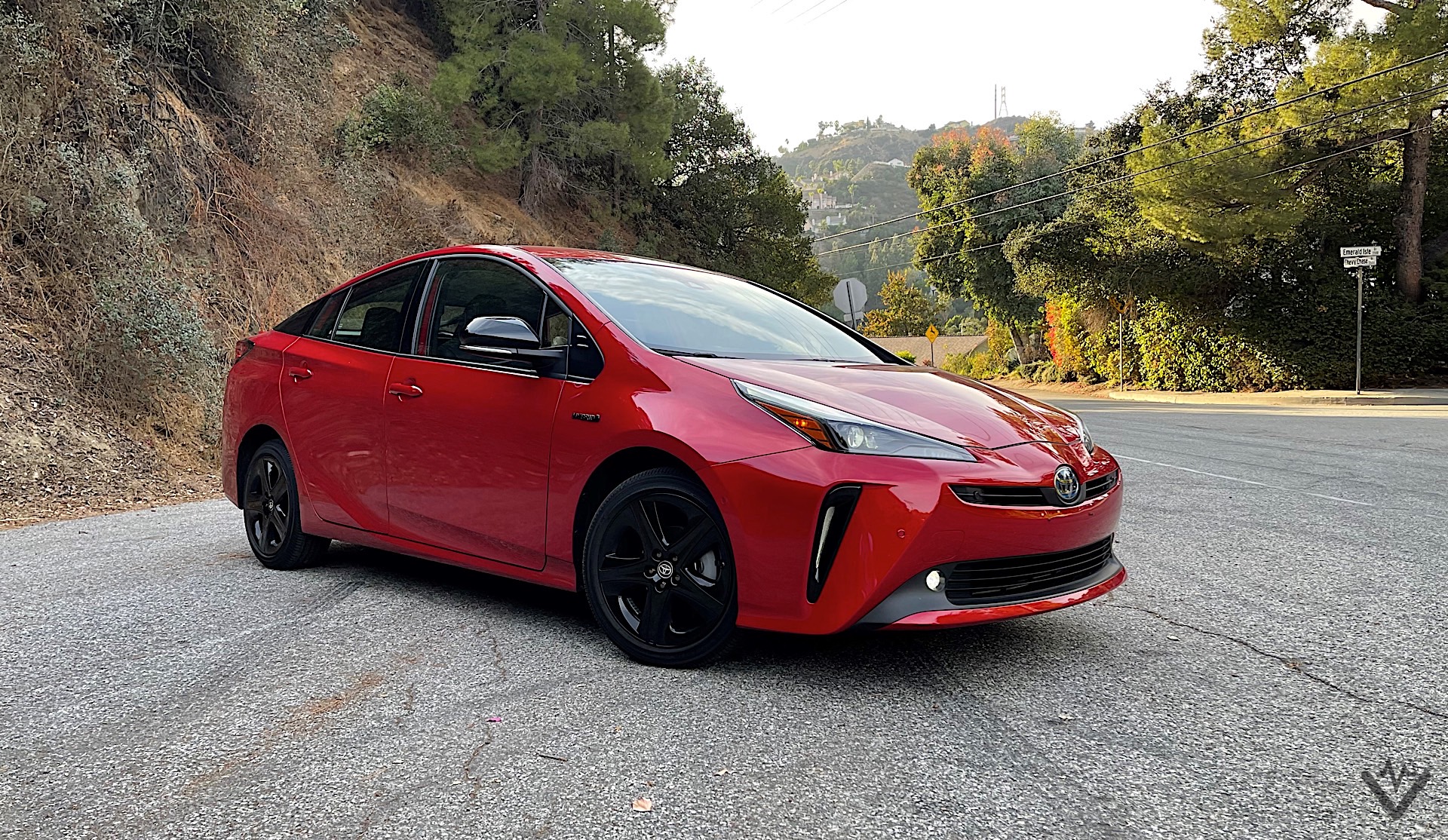As electrification becomes more widespread, chances are you’ll encounter more hybrid electric vehicles on the road or when you’re shopping for a new car. What is a hybrid electric vehicle, you ask? It’s a car or SUV that utilizes both a gas engine and an electric motor backed by a battery to power the vehicle. There are multiple iterations including one that you plug in and another that you don’t. We’ll run you through the multiple types so that you know which one is right for you.
What is a standard hybrid?

In the U.S. the most common electrified vehicle is the standard hybrid electric vehicle or HEV. These have small batteries, meaning they require the gas engine to help out more frequently to either act as a generator, drive the vehicle, or both. Cars like the Toyota Prius and Hyundai Ioniq are two examples of this type of hybrid; you don’t need to charge them because they can either replenish the battery via the gas engine or through regenerative braking.
There are some standard hybrids with slightly larger batteries and in this case, the vehicle relies more on the electric motor for motivation. Honda’s two-motor hybrid system is the best example of this and you immediately notice that bias. Think of this type of hybrid as an electric car with a backup because the gas engine only comes into the equation during hard acceleration or when climbing up steep inclines. In some applications like Nissan’s e-Power system, the gas engine exists solely as a generator to keep the battery from draining meaning the electric motor is the only thing turning the wheels.
Regardless of how a hybrid system is set up, you know that a gas engine is still helping out. How? You’ll hear it turn on when the battery charge is low or to help you get around that Sunday driver hogging the left lane.
What is a plug-in hybrid?

If you’re the type of consumer who’s curious about going electric but can’t commit to going all the way, check out a plug-in hybrid or PHEV. Like a standard hybrid, a PHEV relies on an electric motor and a gas engine to power the vehicle. Some equally use both while others are biased toward the electric components. PHEVs also have larger batteries. Take the Toyota Prius Prime, which has an 8.8-kWh lithium-ion battery versus the standard Prius’ 0.75-kWh lithium-ion or 1.2-kWh nickel-metal-hydride unit for FWD and AWD models respectively.
The bigger battery packs allow automakers to put more powerful electric motors and enable the vehicles to operate in EV mode for longer durations. Depending on the size, some plug-in hybrids can travel between 17 to 42 miles before the gas engine turns on, making them ideal for short commutes. Downsides? Some plug-in hybrids have batteries that eat into cargo space. The Prius Prime, for instance, has a raised cargo floor because of said larger battery. Newer vehicles like the Toyota RAV4 Prime, Chrysler Pacifica PHEV, and Volvo’s lineup of T8 plug-in hybrids position the battery pack under the passenger compartment or in the center tunnel, preserving the cargo area while lowering the center of gravity. Overall vehicle weight also increases due to the larger battery packs, which is the reason why automakers mount them as low as possible. In some cases, PHEVs are between 100- to 300 pounds heavier than a regular hybrid.
Should I buy a hybrid electric vehicle?
Electrified vehicles, especially hybrids, cover a wide spectrum meaning there’s something for everyone. Fuel efficiency isn’t the only reason to buy one anymore; in fact, that may just be the cherry on top of that towering cake. You can get hybrids with excellent utility while some even offer luxury if that’s your thing. If you like to go fast, there are hybrids for that too. However, you will need to pony up a lot of money because there aren’t many affordable sporty electrified vehicles just yet.
If you can take advantage of a plug-in hybrid’s EV mode capabilities and have access to a charging port, you’ll get more for your buck. Best of all, you get more control on the powertrain thanks to the extra drive modes you get like battery save, charge, and all-electric. Like standard hybrids, there’s a broad spectrum of vehicles from SUVs to sports cars across all segments. Additionally, there are tax credits and local incentives or rebates that make PHEVs more attainable — provided you qualify or the car doesn’t cost more than a specific amount.
When you’re in the market for a hybrid or plug-in hybrid, make sure to pick the one that fits your needs best. Doing so will help you get the most out of the vehicle, especially if you take advantage of all the ways to improve overall efficiency.

